Amtrak Superliner cars are derived from the old Santa Fe El Capitan Hi-Level car fleet. The cars, which operate on all Western long-distance plus a few others in the East, had a long gestation period.
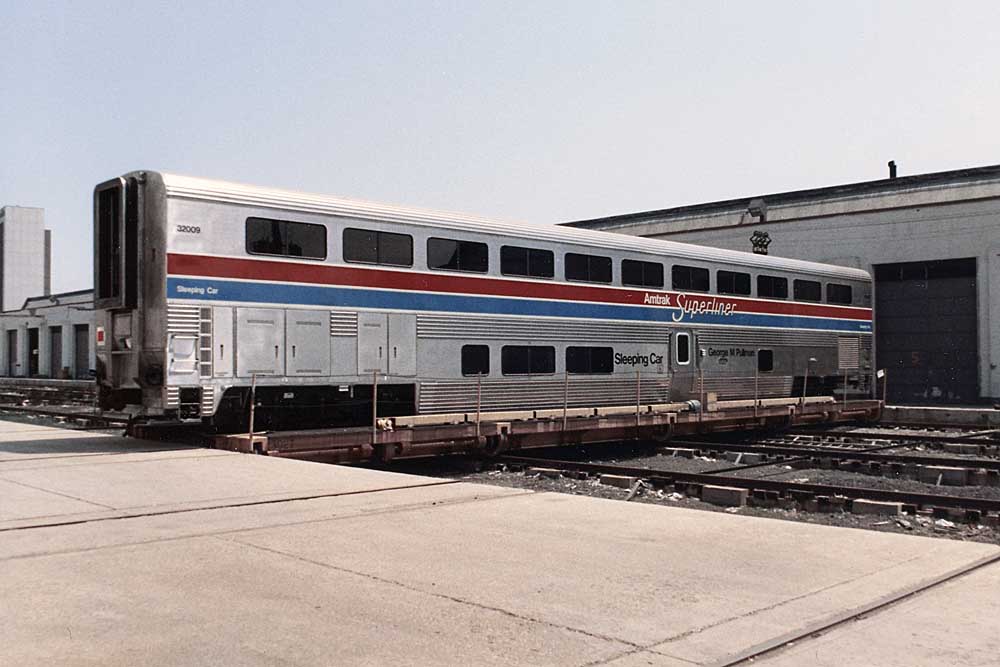
On July 3, 1973, Roger Lewis, Amtrak’s first president, sent a request for proposals to 13 companies — six engineering firms, seven railcar and aerospace companies — for a “totally new rail passenger car.” Coverdale & Colpitts and Louis T. Klauder & Associates were finalists, and Klauder got the nod after preparing a detailed proposal with several floor plans, none of which made it intact beyond this first stage, although the firm was instrumental in other aspects of the planning.
“It was never explicitly stated that the cars were to be bilevel,” Michael R. Weinman, a Klauder subcontractor responsible for some of the design, said recently, “but it was assumed.”
Klauder’s 20 suggested floor plans included a lounge car with multiple spaces for a variety of activities: a children’s area, card room, and intimate cocktail bar. The dining car in part replicated an old Pullman (a nod to Victoria Station, a popular railroad-themed restaurant chain at the time). Klauder also submitted several sleeping-car designs, including a Slumbercoach configuration, a sleeper-lounge, and a deluxe roomette car with serpentine hallway (patterned after an Australian car) that obviated the need to raise the bed to use the toilet. Inspired in part by Seaboard Air Line’s Sun Lounges, Weinman promoted the deep windows and skylights that grace the Sightseer Lounges and were considered for all the cars.
Although no Hi-Level sleepers were built, Budd did draw plans for one in 1957 when Santa Fe was considering re-equipping the Super Chief. On the upper level, eight roomy double bedrooms stretched across the car, but this would have required four sets of double-wide steps for access. With just six single rooms on the lower level, the total berth count of 22 would only equal that of the 10-roomette, 6-double bedroom configuration most common on single-level sleepers. The design adopted had 5 deluxe bedrooms (now “bedrooms” to Amtrak), 14 economy bedrooms (“roomettes”), 1 accessible bedroom, and 1 family room — 44 beds in all.
In August 1974 Budd, Pullman-Standard, Rohr, and Boeing attended a bidders’ conference; Amtrak chose P-S. The first order comprised 284 cars: 102 coaches, 48 baggage-coaches, 70 sleepers, 39 diners, and 25 Sightseer Lounges (a late add-on). They were delivered during 1979-81. (Initial projections had called for up to 1,000 cars.) The Amtrak Superliner cars replaced single-level cars first on the Empire Builder, then the California Zephyr, Southwest Limited, Sunset Limited, Texas Eagle, and Coast Starlight. Eventually two Western trains added in the late 1970s, the Pioneer and Desert Wind, also got Superliners, until they were discontinued in 1997.
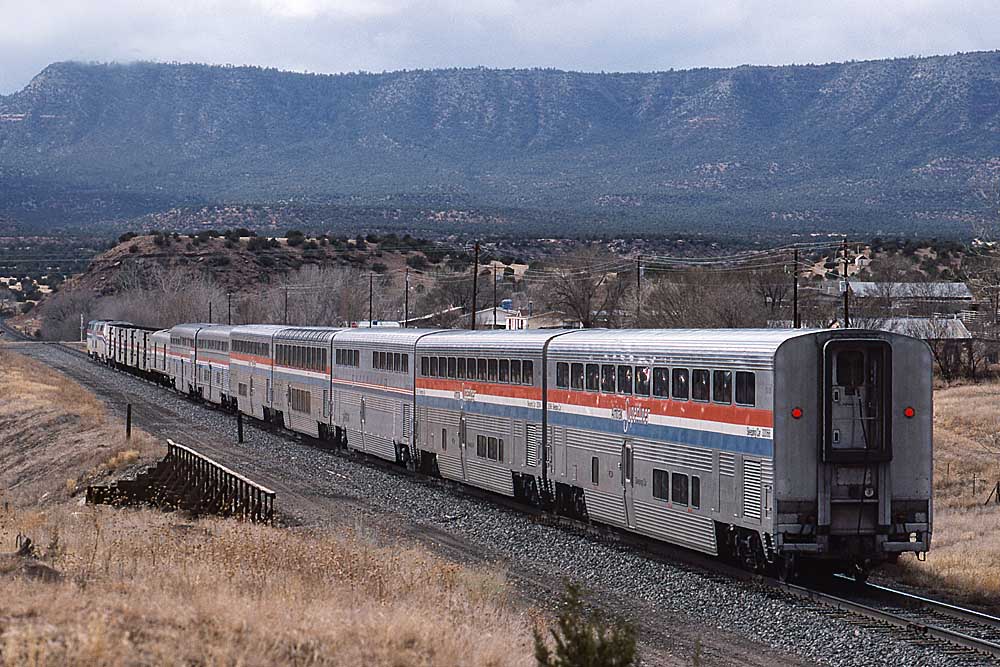
Beginning in 1993, Amtrak expanded the fleet with orders to Canadian firm Bombardier Transportation for 195 more cars, dubbed “Superliner II” and built in Vermont, which included 38 coaches, 49 sleepers, 30 diners, and 25 lounges. Though small tweaks based on nearly 15 years’ experience were made, the Superliners IIs were mostly clones of the originals. However, the order did include new designs: 6 all-deluxe bedroom sleepers to be used on Auto Train and 47 transition dorm-sleepers to replace the former El Capitan coach dorms previously in use. In addition to Auto Train, the Capitol Limited, City of New Orleans, and(for a time) Cardinal were converted to Superliners with this order. The additional cars also allowed Amtrak to seasonally assign Superliners to some short-haul trains out of Chicago including the former International to Toronto, each consist including a coach with a snack bar on the lower level in place of seats.
It’s fortunate that, 60 years ago, Santa Fe had a winning idea with its Hi-Levels. Since no replacements are imminent, the Amtrak Superliners cars are likely to serve for some time.






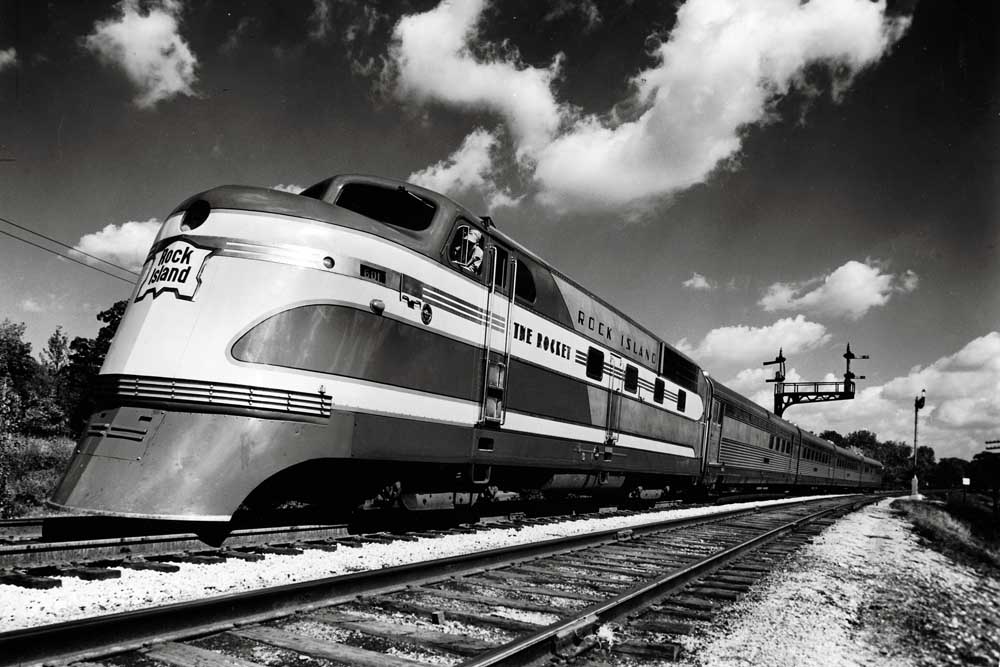
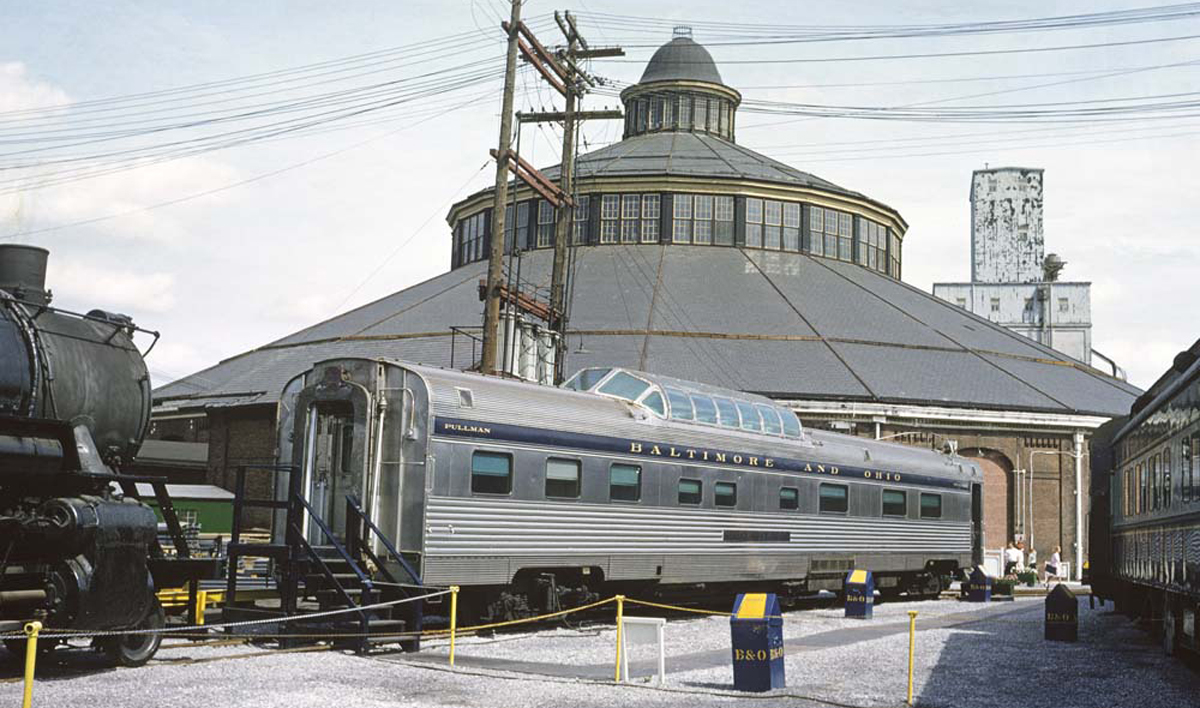
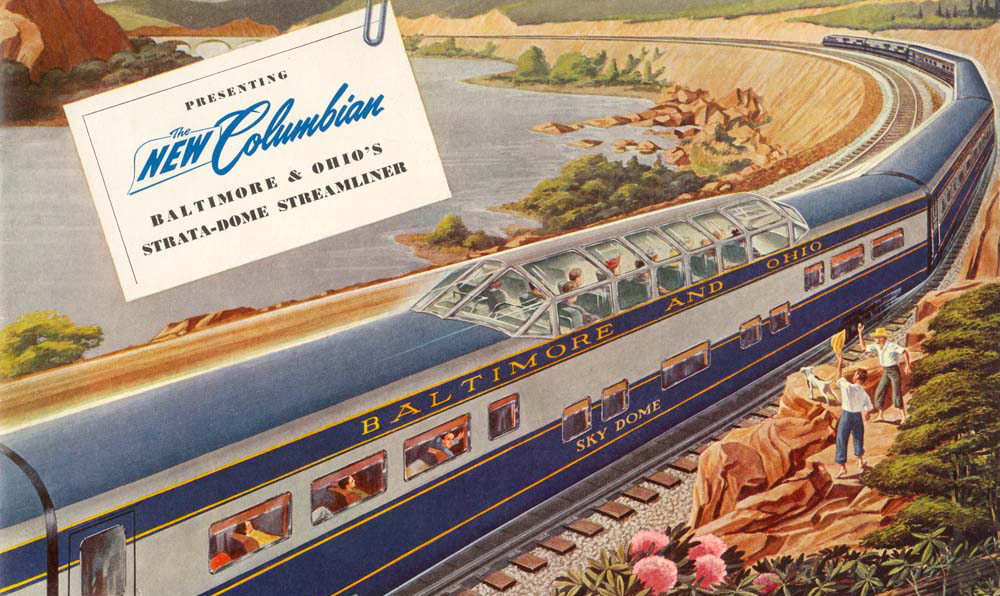





pretty neat passenger cars that amtrak uses
“In addition to Auto Train, the Capitol Limited, City of New Orleans, and(for a time) Cardinal were converted to Superliners with this order.”
When did the Cardinal ever operate with Superliners? I thought tunnel clearances between Washington, DC and New York City (NEC) prohibited them. Did the Cardinal operate ‘for a time’ only between Chicago and Washington?
For several times, don’t got exact, the Cardinal terminated in Washington,DC. In fact, it was originally terminated there before extended to NYC. Checking back, 1995-2002 train was equipped with Superliners during one of the periods of terminating in DC.
RE: “Klauder also submitted several sleeping-car designs, including a Slumbercoach configuration, a sleeper-lounge, and a deluxe roomette car with serpentine hallway (patterned after an Australian car) that obviated the need to raise the bed to use the toilet.”
Would love to see these drawings if you guys can get them.
Did Lewis have a plan for paying for the new equipment? As far as I know, there were no grants or specific dollars allocated in a funding bill. The increase in capital costs probably led to Amtrak having to pare it’s route structure in 1979. Congress would never let them order equipment like that today without the funding in place.
I think the Southwest Chief and Sunset Limited were using Hi-Level cars, not single-level cars, when they were replaced by Superliners.
Sunset never had Bi-Level cars prior to Amtrak Superliners, IIRC. Recent postings indicate that ATK may again be seeking New Bi-Levels for select LD Routes. How long it takes from contract to actual revenue service is anyone’s guess tho.